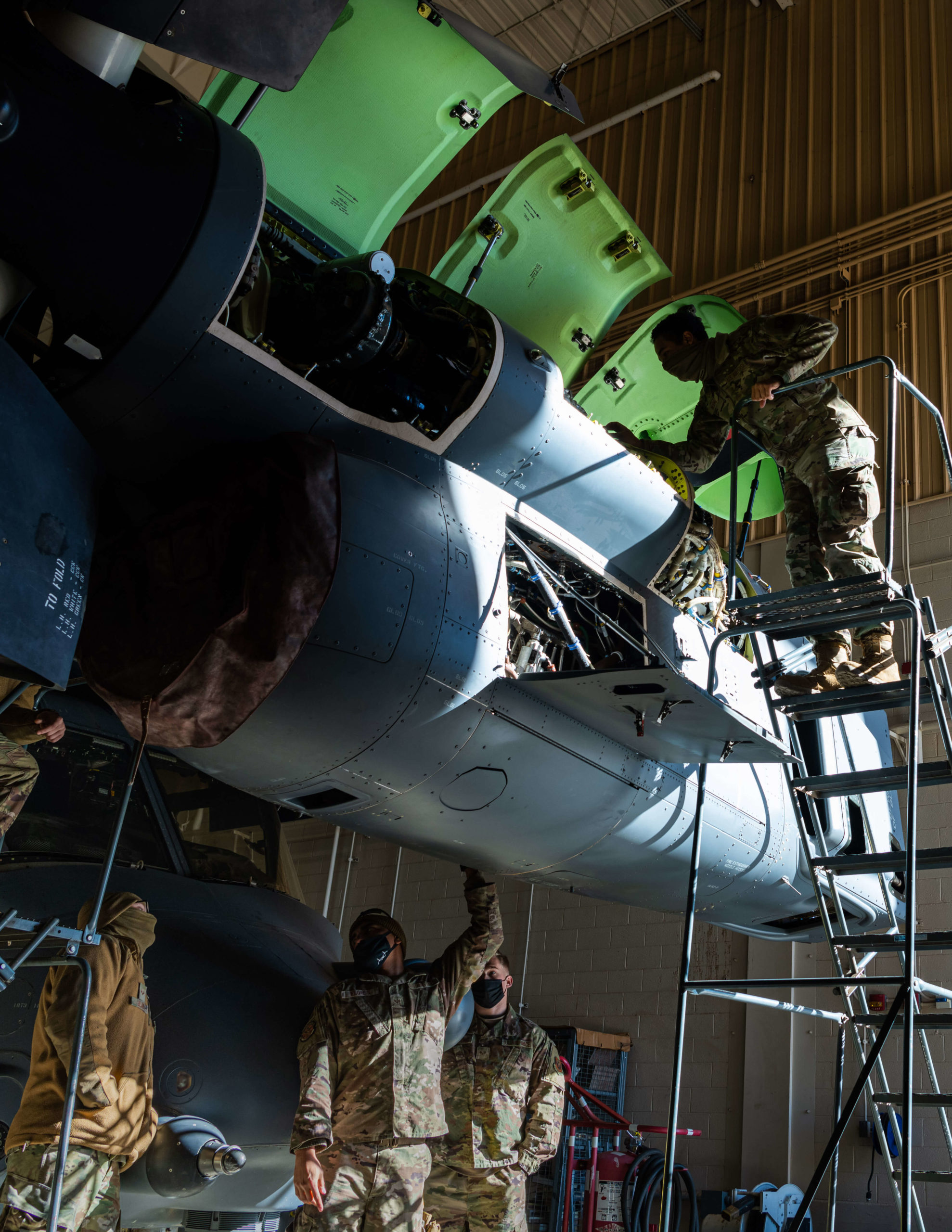By Robbin Laird
In combat, reliability isn’t just important. It’s everything. Seconds count and missions hang in the balance.
So it’s good news that Congress just made a $160 million investment in combat readiness with the Osprey Nacelle Improvement Program, which will keep America’s most versatile aircraft in the fight.
The global strategic landscape isn’t waiting for 2035. While future force planning matters, the urgent priority is crystal clear: maximize the combat readiness of the warfighters we have deployed right now. The “fight tonight force” needs solutions that work today, not a decade from now.
Enter Congress’s strategic masterstroke: a $160 million authorization to accelerate the V-22 Osprey nacelle improvement program in the recent budget reconciliation package.
This isn’t just another upgrade – it’s a force multiplier that transforms one of the military’s most critical assets.
Here’s the stunning reality: 60% of all V-22 maintenance actions happen in the nacelle area. Think about that. More than half of every maintenance hour, every grounded aircraft, every delayed mission traces back to this single component system.
The Nacelle Improvement Program doesn’t just tinker around the edges. It makes targeted improvements to attack fleet needs, taking into consideration fleet maintainer’s input during the design of the nacelle’s modification. Bell’s redesign tackles these areas head-on by improving wiring harness and wiring architecture, redesigning hinges, latches, and access panels for ease of maintenance, and reusing repairable components which also contributed to the cost savings benefit of the modification. These aren’t minor inconveniences; they’re items that, when improved, will reduce maintenance man hours spent on the aircraft and significantly increase overall aircraft readiness.
The proof isn’t in promises. It’s in performance. Thirty CV-22s have already received the nacelle modernization, and the results are transformational:
- Nearly 9,000 flight hours accumulated
- Over 20,200 maintenance hours saved to date
- Dramatically reduced maintenance requirements across the board
But statistics only tell part of the story. What about real-world impact?
Air Force maintainers report that when an upgraded Osprey flags a fault during pre-flight, they can have it mission-ready in about an hour. The same fault on a legacy nacelle? That aircraft is grounded for the entire day.
One hour versus one day.
That’s not just improved efficiency – that’s the difference between mission success and mission failure. That’s the difference between getting troops the support they need – when they need it – or leaving them hanging when it matters most.
Understand what these numbers really represent: This isn’t just about wrench time; it’s about operational confidence. When maintainers know they can get aircraft back in the fight quickly and reliably, it changes everything. Mission planners can count on their assets. Commanders can commit their forces with confidence. Warfighters know their lifeline won’t let them down.
In a time when every defense dollar faces scrutiny, Congress made the smart play. Rather than chase flashy new programs that won’t see combat for years, they invested in the force that’s deployed today. They recognized that a $160 million investment in proven reliability improvements delivers immediate returns in combat effectiveness.
This is what strategic thinking looks like: identify the critical bottleneck, apply resources where they’ll have maximum impact, and deliver enhanced capability to the operators who need it now.
One caveat, however: It is imperative Congress, and the Department of Defense follow through on this down payment on readiness. Funding for nacelle improvement must be maintained at a consistent level until the job is done.
The Osprey Nacelle Improvement Program represents more than technical enhancement. It’s a force multiplier that transforms maintenance nightmares into operational advantages. Every hour saved in the hangar is an hour gained in mission capability. Every readiness and reliability improvement are steps toward mission success. A nacelle improvement program that could generate a 10-12% readiness increase is a huge first step.
Adding a CMV NI program to the end of the AFSOC run would also provide the USMC and perhaps our Japanese partners the needed decision space to enter a NI program. If the USMC intends to fly the MV-22 to 2055, nacelle improvement could be an essential part of any future V-22 readiness and modernization program.
Congress didn’t just authorize an upgrade. They committed to victory for the “fight tonight” force that stands ready to defend American interests wherever and whenever called upon.
Featured image: U.S. Air Force Airmen assigned to the 20th Special Operations Squadron familiarize themselves with the new nacelle improvement modifications on a CV-22 Osprey tilt-rotor aircraft at Cannon Air Force Base, N.M., Jan. 7, 2022. (U.S. Air Force photo by Airman 1st Class Drew Cyburt)
Note: And if your looking for why, the Osprey-enabled force is crucial in today’s and tomorrow’s fights, look at this recent example:
Japan Establishes a New Osprey Base: A Strategic Move to Counter China’s Expansionist Policies
This year, I have brought my experience with the Osprey nation, in a way which allows readers to think through how new technologies and re-worked concepts of operations drive change in both directions, in two books which highlight the tiltrotor enterprise.


